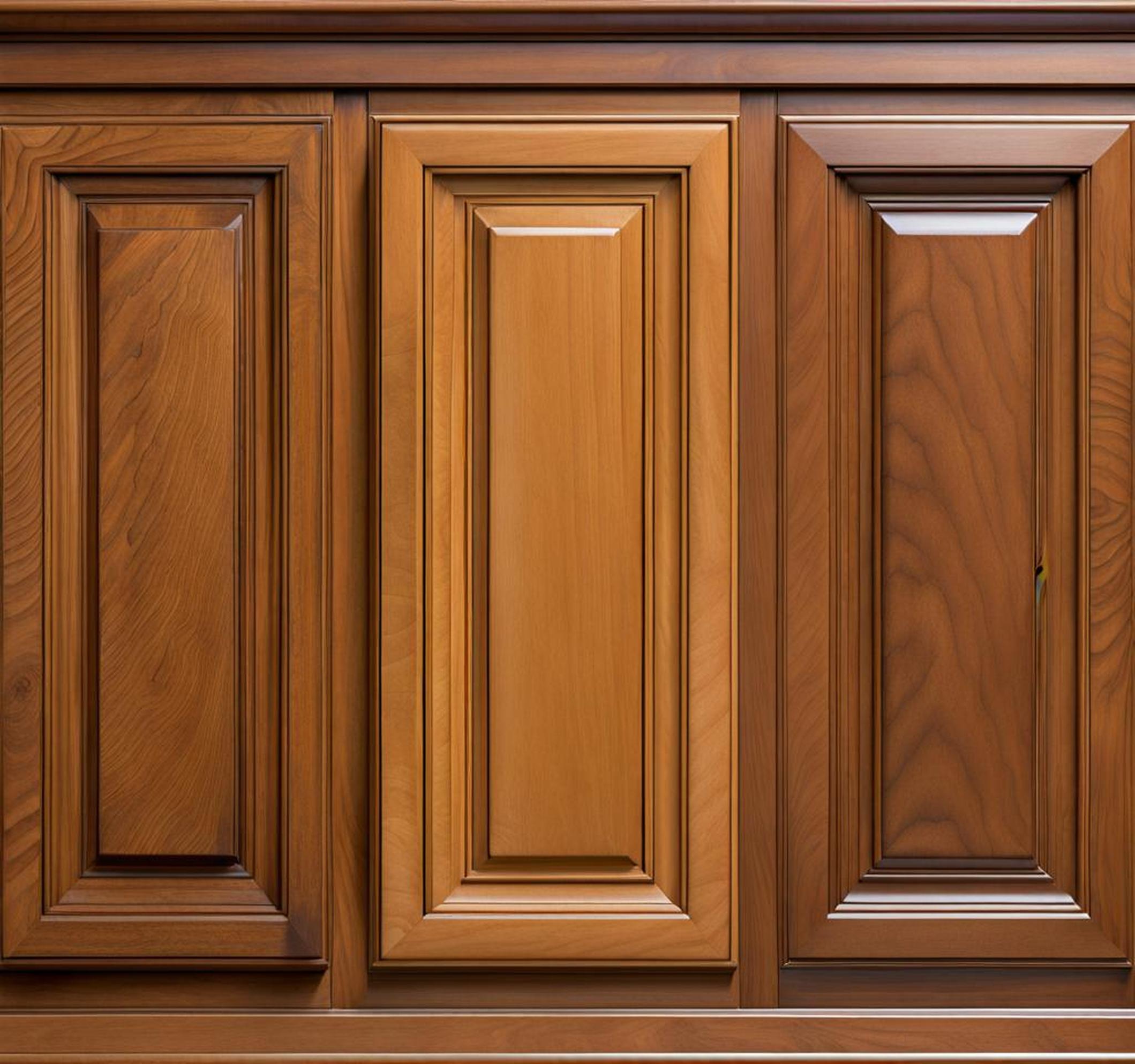Maple and oak are great materials for kitchen cabinets. But maple vs oak is still a common dilemma for homeowners planning new cabinetry.
Beyond cosmetics, there are a few key factors that set these woods apart – from durability and pricing to ease of staining and natural wood grains.
Maple Cabinets Offer Sleek Contemporary Styling
Maple’s smooth grain patterning and light neutral tones exude a finely crafted, refined aesthetic. Compared to rival kitchen cabinet woods like hickory or cherry, maple has more versatility to blend seamlessly into contemporary spaces.
Maple’s Subdued Grain Offers a Blank Canvas for Color Customization
You can add custom colors and finishes to maple’s uniform canvas to match your current palette or any future redecorating needs. Maple accepts stains evenly to easily transform the look with rich mochas, driftwood grays or midnight blues.

Maple’s capabilities for custom coloring let you choose unique, personal tones without relying only on the cabinet construction wood’s innate character. Compared to oak’s strong grain, maple offers a more adaptable base for custom styling.
Maple’s Natural Hues Complement Modern Kitchen Materials Like Quartz & Steel
Maple’s subtle, smooth grain and soft beige hues feel fresh alongside modern kitchen elements like sleek granite or crisp white subway tile. Its refined simplicity pairs gorgeously with amenities like stainless steel fixtures and crisp hard lines.
Oak Kitchen Cabinets Offer Warm Traditional Elegance
Oak cabinets meld rugged texture with cozy warmth for kitchens rich in tradition and old-world refinement. Oak offers bolder graining for organic visual interest and natural knots that show the wood’s natural whorls and history.
Oak’s Strong Grain Gives Distinctive Character Without Custom Staining
With oak’s pronounced, variegated grain patterns, you get lots of rustic visual punch even without introducing added stains or finishes. The depths of color and contrast in the wood’s organic markings assure plenty of aesthetically pleasing complexity.
Oak’s Natural Shade Variation Offers Flexibility Within Earthy Palette
Oak offers flexibility through an array of warm, welcoming natural tones from light tawny beige to richer cocoa browns. Multiple oak species and grades provide extensive options for reaching your optimal hue and grain matching.
Direct Comparison of Key Differences Between Maple & Oak Cabinets
While maple and oak kitchen cabinets both offer quality construction, their distinct looks appeal to different aesthetic sensibilities. Here we summarize a few of the standout variations.
Aesthetics & Style: Sleek vs Rustic
- Maple: Clean-lined and contemporary
- Oak: Traditional and dramatically grained
Initial & Lifetime Cost Differences
- Maple: Less expensive at time of purchase
- Oak: Higher upfront cost but exceptional durability to offset long term value
Care & Upkeep Comparison
- Maple: Requires slightly less frequent wiping and cleaning
- Oak: More porous finish needs vigilant dusting and upkeep
Customization Capabilities
- Maple: Easier to stain, paint and recolor
- Oak: Wider range of finish sheens to accentuate grain
When choosing between oak and maple cabinets, consider your stylistic vision, budget flexibility, and enthusiasm for wood upkeep. Where oak offers unmatched durability and dramatically rustic beauty, maple provides a more adaptable, affordable blank slate primed for sleek modern styling.
Gorgeous kitchens can be created with either choice. But we hope breaking down their essential contrasts arms you to determine whether maple or oak aligns best with your needs and aspirations.
